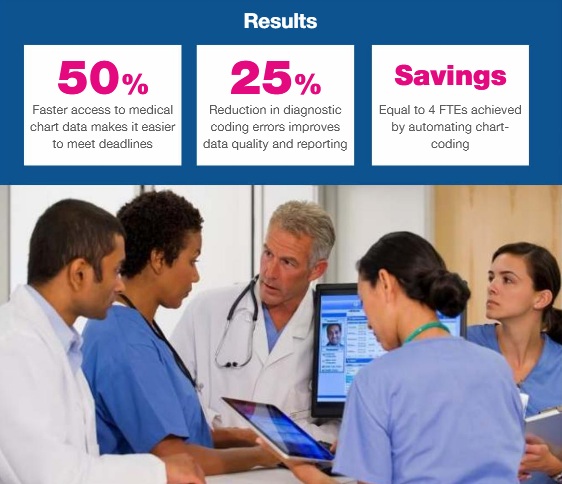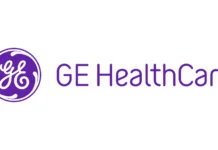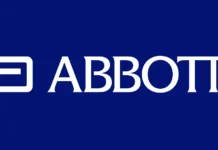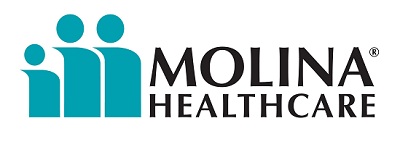With data held in complex medical charts, Molina Healthcare found it challenging to efficiently meet deadlines for evaluations and audits. By centralizing medical records in a single repository with integrated case management, organizations can provide rapid access to vital content, helping to avoid potentially costly delays and penalties.
Business challenge
Slow access to clinical data can significantly impact healthcare organizations’ ability to meet evaluation and audit deadlines, potentially exposing them to millions in lost revenues and penalties.
Transformation
Molina Healthcare centralized its medical records in a single repository with integrated case management and automatic coding for medical charts, using IBM Enterprise Content Management solutions.
 Business challenge story
Business challenge story
Meeting tight deadlines
As a Medicare plan provider, Molina Healthcare is subject to rigorous evaluations and audits from the Centers for Medicare and Medicaid Services (CMS). Every year, CMS rates health plans using a five-star system. These ratings are based on a number of measures, such as the ability to effectively coordinate care, manage chronic illnesses and improve member retention.
Rohit Gupta, Director of IT at Molina Healthcare, explains, “Star ratings play a crucial role in helping Molina Healthcare to maintain its Medicare contract with CMS and determine the level of payment incentives that we receive from federal programs.”
A significant portion of the quality measures that contribute to the star ratings report is calculated using data from the Healthcare Effectiveness Data and Information Set (HEDIS)—a tool used to measure performance on important dimensions of care and service.
Each year, Molina Healthcare is given a strict timeline to submit HEDIS rate calculations and source validations for selected plan members to CMS. Molina Healthcare must collect medical records for as many of its selected members as possible within a five-month period.
Due to the volume and complexity of the company’s medical charts, as well as the time required to manually search for pertinent performance data, Molina Healthcare estimated that it completed fewer than half of its targeted pursuits in any given year. This meant that the company was potentially losing out on opportunities to boost its star rating and qualify for greater bonus payments.
To add to the challenge, Molina Healthcare is required to respond to annual CMS audits. If the company cannot provide the requested information to CMS within specified deadlines and with accuracy, it can be subjected to penalties of up to USD 20 million.
Transformation story
Centralizing medical chart data and streamlining management
With potentially millions of dollars on the line, Molina Healthcare knew that it needed to find a better way to access complex medical chart data and streamline HEDIS rate calculation processes. The company teamed up with IBM Business Partner Datum Consulting Group to overhaul case management practices with a suite of IBM Enterprise Content Management solutions.
Within a tight four-month schedule, the project team worked to centralize medical records and integrate case management of charts into the company’s HEDIS and Risk Assessment and Management Program (RAMP) infrastructures.
Using IBM® Case Manager, Molina Healthcare created a single, centralized repository for medical charts and other unstructured clinical data, increasing transparency of information across the enterprise while reducing content redundancies and inconsistencies. Authorized users can request files through a chart target list, making it quick and easy for staff to access the content they need.
“We handle a huge volume of medical chart information—for HEDIS alone we work with around 750,000 medical charts a year,” comments Gupta. “The IBM Enterprise Content Management tools are proving to be a huge asset when it comes to storing content, and making it easily accessible via Case Manager based applications. Even for our larger charts, which are around 500 MB, it takes less than three minutes to retrieve the chart and the information stored in it.”
Every day, Molina Healthcare harnesses IBM Content Collector and Case Manager to automatically enter thousands of files into its content repository and index the content. The company also uses IBM Forms Server software together with Case Manager to automatically code medical charts, saving time and reducing the risk of human error
 Faster access to more accurate information
Faster access to more accurate information
Since implementing the IBM solutions, Molina Healthcare has considerably accelerated access to medical chart data and improved the quality of the information by eliminating a large amount of coding errors. The company has also improved its ability to connect teams to the right information at the right time, helping people work more productively.
By increasing the accuracy and timeliness of the information it provides to the CMS and other agencies, Molina Healthcare can better mitigate the risks of failed audits and associated penalties, as well as increase its quality ratings in the healthcare industry.
“Staff can access medical chart data in less than half the time it took in the past, which makes it much easier for us to meet deadlines for submitting CMS audit and HEDIS rate calculation documentation,” notes Gupta. “We have also reduced the number of chart coding errors by 25 percent, which saves us from having to go back and make corrections, and ensures that the information we submit is highly accurate.”
An unanticipated benefit of the IBM solutions is that Molina Healthcare can now use the automated medical chart target list workflow to track vendor performance and measure the productivity of internal coders in meeting audit and compliance timelines. The company has already achieved significant savings by using this information to improve operational efficiency.
Gupta concludes, “We are very impressed by the results we have seen so far, and our success has sparked considerable interest from other departments about adopting IBM content and case management software. IBM solutions allow Molina Healthcare to work more effectively, and set us up for delivering great quality care and solid financial results.”



















